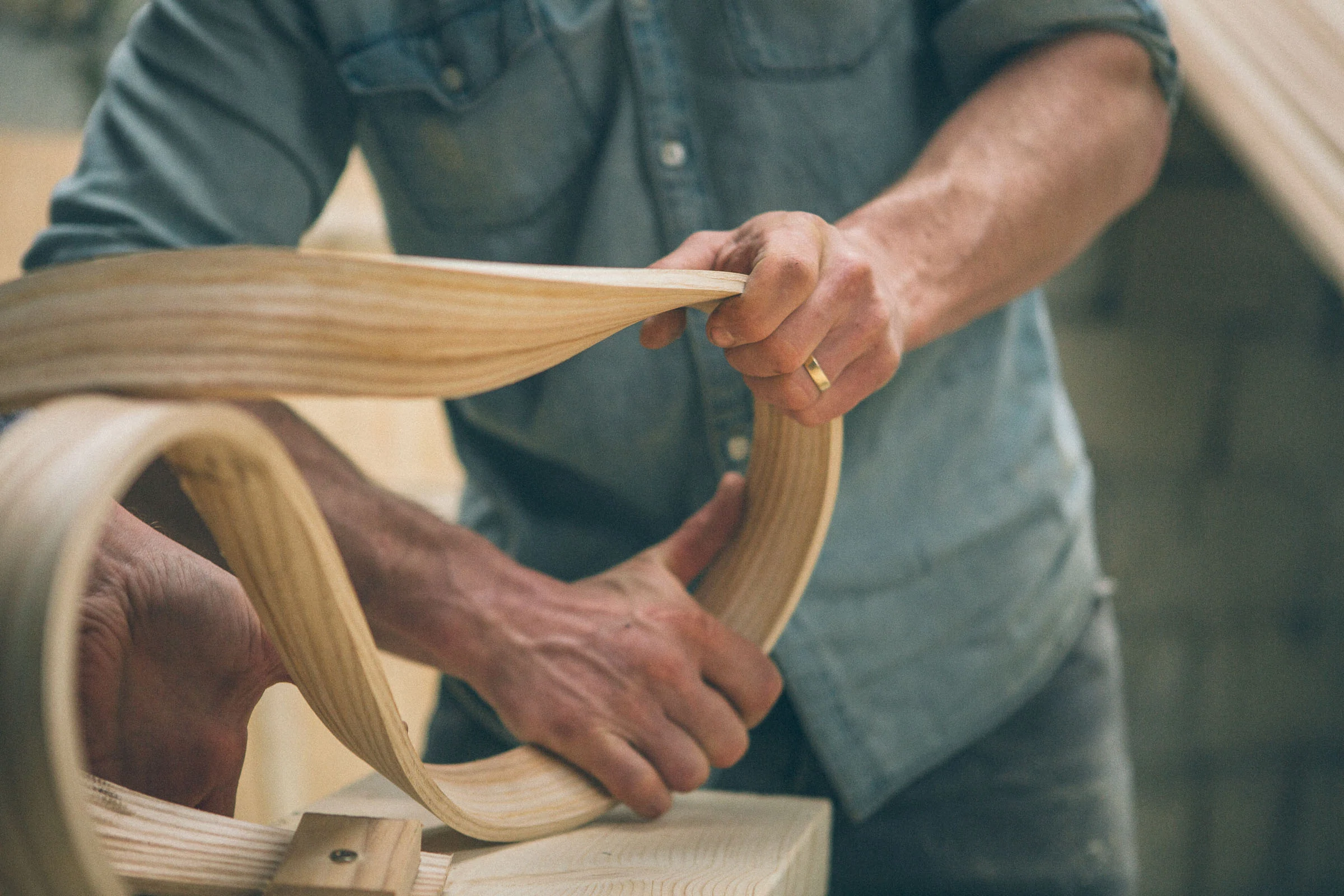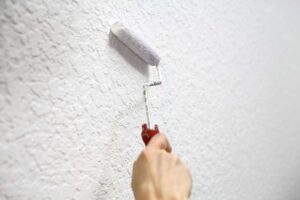
We often hear the vaporization of wood when we talk about wood treatments. But what is it and why is it important?
How is steaming wood done?

The freshly cut wood is first subjected to debarking and then to treatments with which the trunk is hit with jets of steam at 100 degrees. The vaporization process is performed inside special chambers and can involve direct or indirect vaporization. In the first case the steam enters the chamber through perforated pipes which are placed under the wood stack, so that the saturated steam can act by moistening the wood. In this case the steam is blown towards the water present in the channel located under the steam pipe, which has holes facing downwards.
With indirect steaming, the steam inside the cold room can occur thanks to the boiling of the water contained in special stainless steel tanks located on three sides (leaving the door side free) under the floor surface. The water inside the tanks is heated by a traditional heating battery, in which the thermal agent consists of superheated water or steam. This system is known as traditional indirect vaporization. Another indirect vaporization system instead sees the presence of a gas burner which, with its flame, activates the heating coil. The latter system is known as indirect vaporization with a direct burner.
Both types of steaming (direct and indirect) offer advantages that must be carefully evaluated to find the best solution for your wood treatment needs. In the case of direct steaming, the greatest benefit is given by the simpler and faster construction of the piping system, while the main disadvantage is linked to the need to have saturated steam at low pressure.
The advantages of indirect steaming include a softer treatment for the wood, which allows to prevent and reduce the risk of any damage, as well as the recovery of the condensate, a factor which can lead to considerable energy savings. The works necessary for the piping plant are slightly longer and more complex in indirect vaporization.
The main advantage shared by both types is given by the possibility of having automated processes, thanks to the PLC control system developed by WDE Maspell, which allows accurate control of the steaming phases of the wood in each single step, also offering the possibility of providing personalized programs for each cycle based on the type and characteristics of the wood. Individual programs can also be coded and recalled in subsequent cycles, thus allowing for considerable time savings.
Why is steaming wood important?

As soon as they are cut, the trunks show different humidity percentages along their entire length. In order to be sent to the drying phases it is necessary to standardize these levels, so as to prevent the risk of harmful cracks and tensions.
With the vaporization of the wood it is also possible to have a uniform natural color, and to soften the woody tissues, thus allowing easier processing with the peeler and shearing.
This step also allows you to remove those soluble substances contained inside (such as starch, sugars and tannins) which could lead over time to the formation of fungi or the invasion of insects which would end up attacking and irreparably damaging the wooden artefacts.















